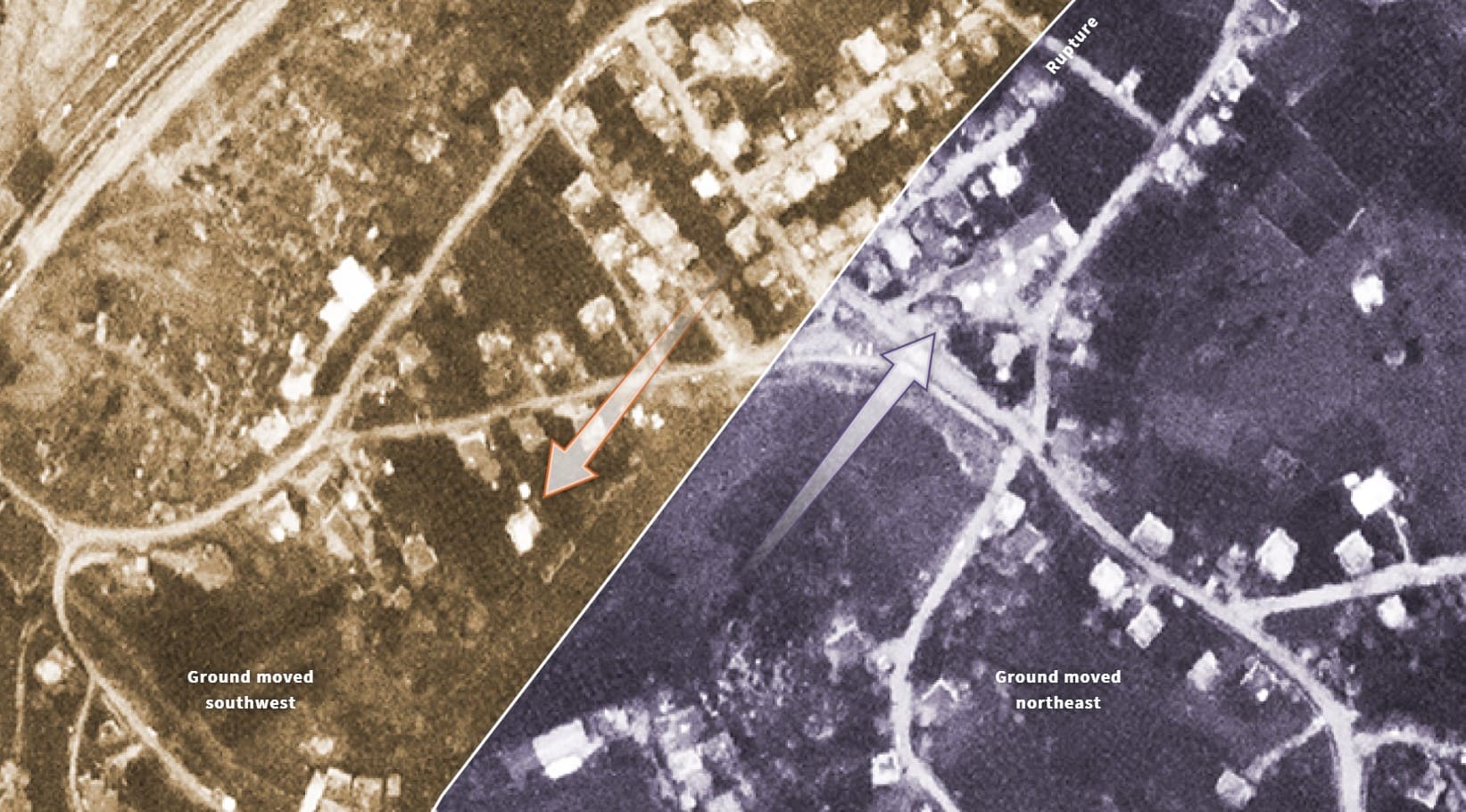In a previous blog post, I talked about audiences becoming overwhelmed in the face of global crises. I emphasized how imperative a ‘Call To Action’ (CTA) is for visual storytellers.
We want viewers to feel compelled to take measure, rather than turning a blind eye, not because they don’t care, but because they feel helpless.
Here I want to discuss a few things that you can do the next time you find yourself creating a CTA campaign. Having the skills to motivate people is not something that might be natural to everyone, but it is a formidable tool that we, visual storytellers, need to tackle.
So, what is a CTA? I’m sure you’re very familiar, but, in short, it’s a statement that is designed to garner an immediate response from your audience.
In the other blog post, we discussed Attn:’s #hydratelike with the Museum Of Plastic, on Instagram stories. #hydratelike is under the highlight tabs of their profile, and its challenging viewers on their consumption of single-use plastic water bottles. It was an incredibly well-done story, not only was it engaging, but their CTA was do-able, presented in an optimistic and interactive way, but more importantly, it left the viewer with a feeling of empowerment.
When we are looking at global issues like climate change or the numerous refugee crises, reporting on the entirety of the problem is the severity is essential. But, what we need to keep in mind is that some action is better than none, and, of course, that action will hopefully parlay into more activity.
Let’s dive a little deeper. There are some very crucial ideas that you can start implementing today to make more of an impact in your next call to action campaign.
Keep It Simple
What #hydratelike focused on was a singular issue. Viewers didn’t get overwhelmed with issue after issue – someone watching may start ridding themselves of their single-use plastic water bottles that day.
Keep It Optimistic
Actor Adrien Grenier’s story was the first in the highlight – his presence was enthusiastic and was very clear on why we should stick around. The other stories had very scary facts and figures on them, but the way that they presented made it easier to make a decision to stop using plastic bottles.
Ask Your Viewer To Take A Specific Action
At the end of the story, there was a swipe up feature available to the viewer that led them to the Museum Of Plastic’s website. The slide asked for you to “join the movement” and the first thing available to you was to sign up for their newsletter. The website includes a ton of useful information from the exhibit and gives what people can do as an alternative.
Never Lose Sight Of Your Final Goal
Stopping the use of plastic water bottles sits under the umbrella of climate change. You may draw in viewers with this specific issue, and from there they might be more empowered to make other changes and educate themselves on other ways they can join the fight in this global issue.
Empowering an audience to action is something that isn’t always easy or natural to visual storytellers, but it’s a very important skill that we must harness and finesse. It’s important to start changing the narrative around this.
Let me know if you have any ideas on how to create successful Calls To Action in the comments!



